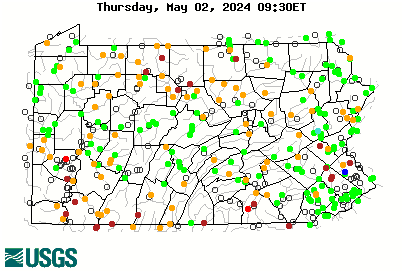It all works; heck folks tie WITHOUT a vise & bobbin although, I know for a fact when I started fly tying I was using tools that were VASTLY inferior to what is available today...
Anyone remember "Sunrise India?"
Back then there wasn't an Internet or a whole lot to choose from so you bought what the shop had in stock which in my case was two pair of scissors (one fine, one not-so-fine), hackle pliers, and a real Materelli whip finisher and bobbin.
Everything worked and seemed fine so I stuck with those tools and my first & second vises (a Thompson style & a Xuron) for decades until many years later when I FINALLY convinced myself to try some new/better scissors...
What a difference... I'll go out on a limb and say anyone that thinks or professes that it doesn't make a difference is more stubborn than I was or still hasn't upgraded to the point of noticing a difference. There's a reason hair stylists and crafters that use scissors all the time for their hobbies use really good scissors...
...They cut better, more precisely and fit better in you hand. This all equates to making the job easier and in my case faster, which means more flies tied in less time. I'm not saying Walmart scissors won't work, but even generic Dr. Slick scissors are a 100 percent upgrade and 1000 times better than what I was using for most of my fly tying life.
I also switched to a rotary vice about 20 years ago and would never look back because there are tasks where it speeds up the process, makes my flies look better and is just a whole lot easier than wrapping stuff around a stationary hook.
I’m glad I stuck with my Materelli tools and bought more bobbins & stuff when they were available because they have served me well. I don't know if there is a regular metal tube bobbin that works as well which may explain the popularity of ceramic bobbins. I only use a ceramic bobbing for GSP so I guess if I didn't use GSP, I wouldn't use a ceramic bobbin...
My biggest indulgence is hackle pliers which I use all the time. However, I think 100% of hackle pliers suck 50% of the time so I have more different pairs of hackle pliers than I do socks.
Bottom line, I'm definitely not saying everyone or even anyone needs the top end of the spectrum in fly tying tools. If I was just starting out the last thing I would do is buy the best until I had many years of experience under my belt and the confidence I wouldn't lose interest in twice the number of years.
Nevertheless, it is somewhat analogous to the incessant argument folks make about fancy tackle...
Selecting fly tying tools shouldn't just be whether better tools or materials would result in flies that catch more fish; it should also be about whether better tools & materials will make the experience of crafting those flies more enjoyable.
At least in my case, the upgrades were well worth the added expense...






